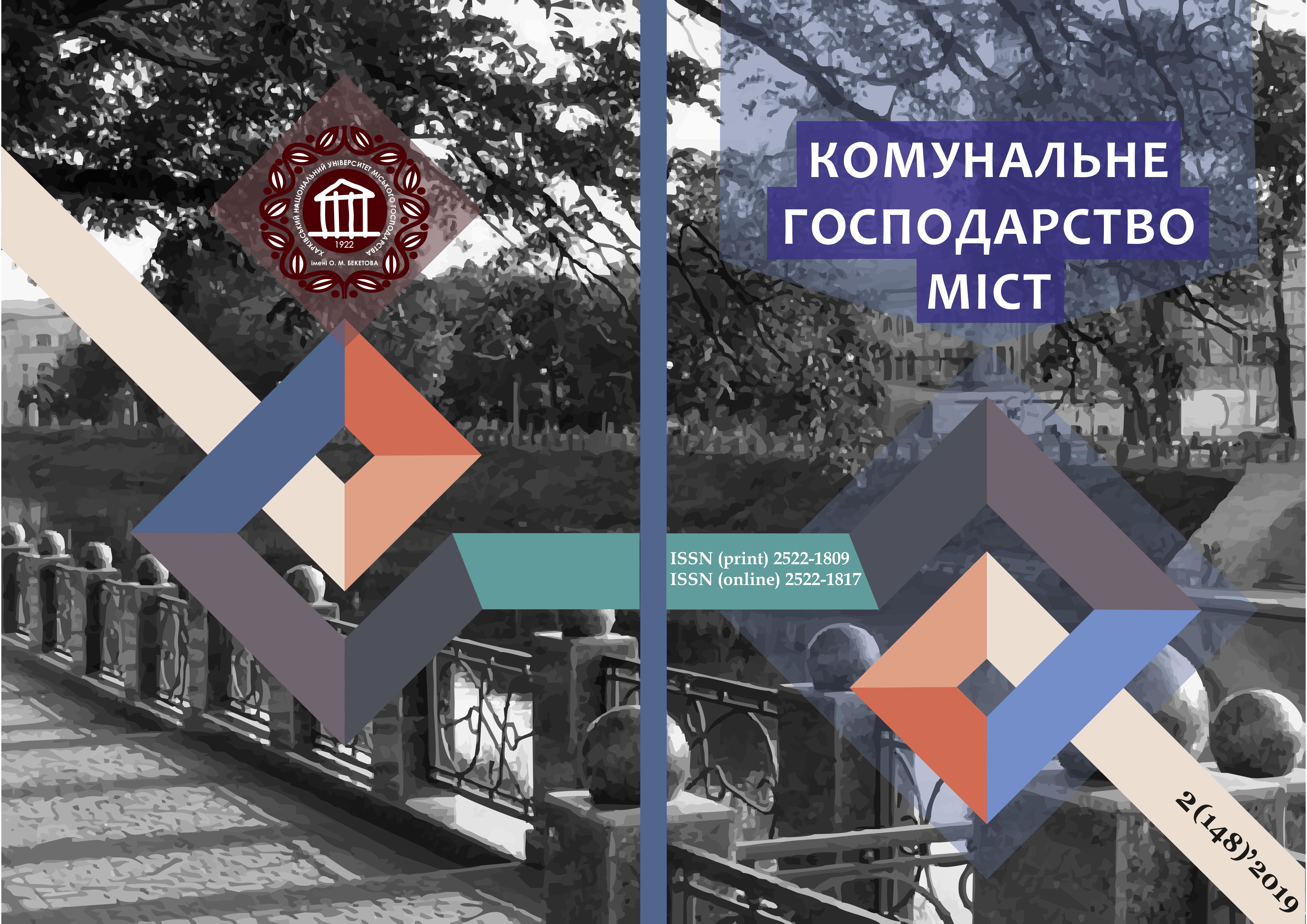INSTITUTIONAL ASPECTS OF INNOVATIVE DEVELOPMENT IN UKRAINE: INTERNATIONAL COMPARISONS AND REGIONAL FEATURES
Array
Keywords:
innovation development, structural deformation, institutionalization of innovation development, new regionalism, decentralizationAbstract
The innovative component should be decisive in substantiating the strategic scientific and production priorities of the development of the state and its regions. The art of state administration regarding the distinction between current short-term and main long-term goals is evaluated based on the results of innovative development. This is the basis for the socio-economic progress of society. At the same time, innovation processes depend heavily on the institutional environment and a set of relevant institutional changes. Insensitivity to innovation processes in Ukraine is due to significant macroeconomic constraints: demographic negatives, decreasing scale of the country's economy, progressive deindustrialization, high resource-intensive production, low energy efficiency, and growing debt burden. The most destabilizing role is played by war events in the East. The scale of the national economy of Ukraine critically limits the importance and international competitiveness of the state and its regions.
The main problem of innovation is the political and economic institutions of Ukrainian society, the asymmetry of economic power and the existing economic order. The benefits of economic power to the rental path of maximizing income are the cost for an innovative way. Therefore, the institutionalization of innovation development is a prerequisite for modern structural changes.
The significance of regional subsystems in the complex of innovative development of the state's economy in the world is steadily increasing. Under the influence of globalization and integration processes in the European countries a paradigm of new regionalism is formed. This is confirmed by the functioning of the institutes that promote regional integration and cooperation of regions. The formation of a new regionalism causes the legal, economic and organizational conditions for the functioning of the subjects of the regions, the regulation of relations between them. To overcome the inconsistency of the industrial and institutional structures of society and to solve the problems of accelerated diversification of the structure of the regional economy, we must act on two models: 1) forcing traditional industrial production and services to meet the needs of end users; 2) ensuring the competitiveness of national enterprises in the context of the transition to a post-industrial economy. According to the second model, the value added is due to the high quality of human capital and the predominant use of intellectual resources.
References
Alchian, A. (1984). Specificity, Specialization and Coalitions. Journal of Economic Theory and Institutions, 140, 34-39.
Demsetz, H. (1997). The Primacy of Economics: An Explanation of the Comparative Success of Economics in the Social Sciences: Western Economic Association International 1966 Presidential Address. Economic Inquiry, Western Economic Association International, 35(1), 1-11.
North, D. (1990). Institutions, Institutional Change and Economic Performa. Retrieved from https://books.google.com.ua/books?id=oFnWbTqgNPYC&printsec=frontcover&hl=uk#v=onepage&q&f=false
Williamson, O. (1995). The economic institutions of capitalism. Firms, markets, relational contracting. Retrieved from https://pdfs.semanticscholar.org/a4d6/1a75c4b99d414084cc84f404e5dd259b903b.pdf
Butko, M,. & Tulchynskyi, R. (2018). Substantiation of the essence of the use of methodological approaches to the formation of a new regionalism. Economy and state, 7, 9-12.
Holovakha, Ye., & Panina, N. (2001). Post-Soviet deinstitutionalisation and the formation of new social institutions in Ukrainian society. Sociology: theory, methods, marketing, 4, 5-22.
Dementiev, V., & Vishnevskyi, V. (2011). Why Ukraine is not an Innovative State: Institutional Analysi. Economic Theory, 3, 5-20.
IMF Data mapper. World economic outlook (2018, april). Retrieved from http://www.imf.org/external/datamapper/index.php.
Basyliuk, Ya., Davydenko, S., … Ventskovskyi, D. (2017). Economic security of Ukraine in conditions of hybrid aggression. Kyiv,84.
Statistiks Service of Ukraine (2018). Gross domestic product for 2017. Retrieved from http://www.ukrstat.gov.ua.
World Bank, Washington DC (2017). Global Development Finance,. Retrieved from http://www.worldbank./org/
Statistiks Service of Ukraine (2018). Scientific and Innovative Activities of Ukraine, 201. Statistical Collection. Kyiv,178.
Downloads
Published
How to Cite
Issue
Section
License
The authors who publish in this collection agree with the following terms:
• The authors reserve the right to authorship of their work and give the magazine the right to first publish this work under the terms of license CC BY-NC-ND 4.0 (with the Designation of Authorship - Non-Commercial - Without Derivatives 4.0 International), which allows others to freely distribute the published work with a mandatory reference to the authors of the original work and the first publication of the work in this magazine.
• Authors have the right to make independent extra-exclusive work agreements in the form in which they were published by this magazine (for example, posting work in an electronic repository of an institution or publishing as part of a monograph), provided that the link to the first publication of the work in this journal is maintained. .
• Journal policy allows and encourages the publication of manuscripts on the Internet (for example, in institutions' repositories or on personal websites), both before the publication of this manuscript and during its editorial work, as it contributes to the emergence of productive scientific discussion and positively affects the efficiency and dynamics of the citation of the published work (see The Effect of Open Access).

